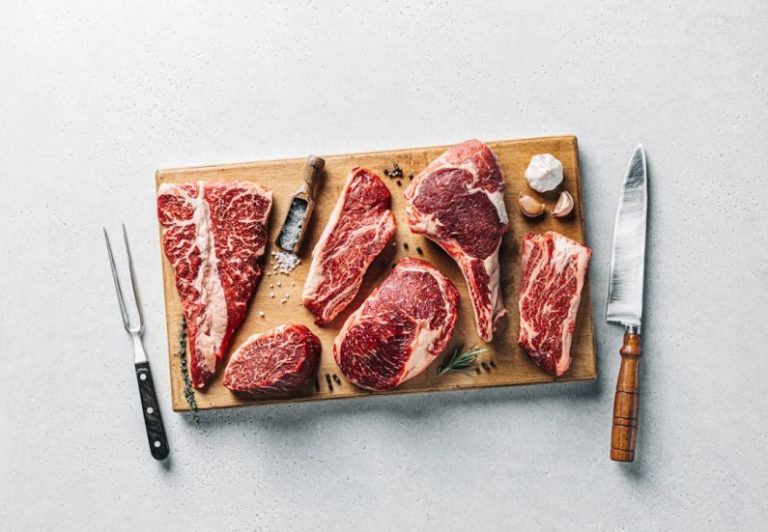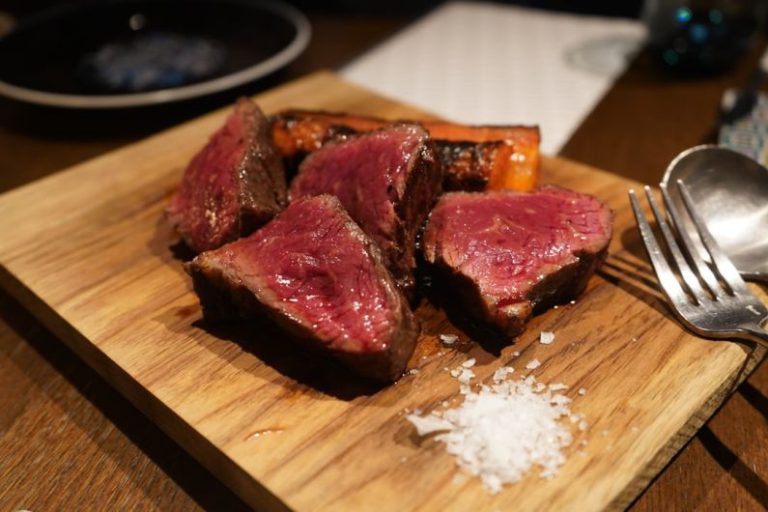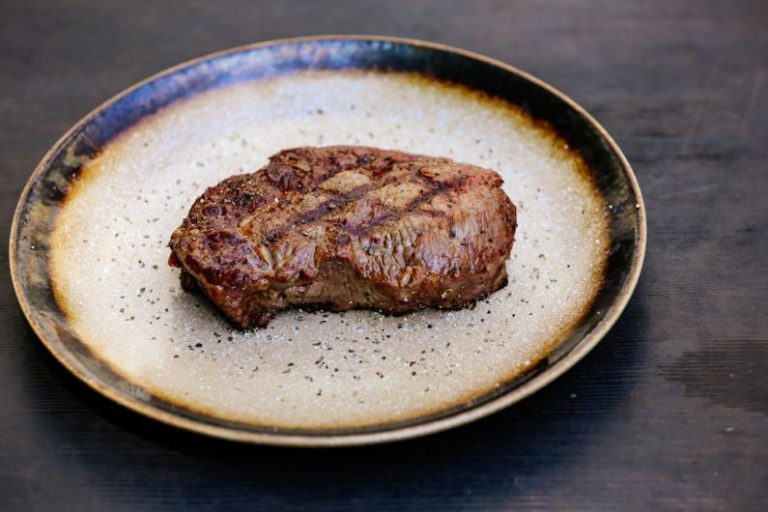
When it comes to steaks, there are a plethora of cuts to choose from, each offering a unique flavor and texture. But have you ever wondered about the origins of these popular steak cuts that grace our plates in restaurants and homes around the world? Let’s delve into the history of some of the most beloved steak cuts and uncover their fascinating origins.
**Ribeye: A Cut Fit for Royalty**
The ribeye steak is renowned for its rich marbling and exceptional tenderness, making it a favorite among steak enthusiasts. This delectable cut is sourced from the rib section of the cow, specifically from the rib primal cut. In the early days, the ribeye was often considered a lesser cut and was not as highly prized as it is today. However, it gained popularity over time due to its intense flavor and juiciness.
**Filet Mignon: The Jewel of Steaks**
Filet mignon, which translates to “cute fillet” in French, is a luxurious steak cut that is celebrated for its unparalleled tenderness. This prized cut comes from the tenderloin area of the cow, where the muscles are not heavily used, resulting in a buttery texture. The origins of filet mignon can be traced back to France, where it was favored by the nobility and served in the finest restaurants. Today, filet mignon continues to be a symbol of elegance and refinement in the world of steakhouses.
**New York Strip: A Slice of the Big Apple**
The New York strip steak, also known as the striploin or shell steak, is a popular cut that boasts a balance of tenderness and flavor. This cut is taken from the short loin of the cow and is characterized by a strip of fat that runs along one side, enhancing its succulence. The name “New York strip” is said to have originated from Delmonico’s, a famous New York City restaurant where the cut was prominently featured on the menu in the mid-19th century. Since then, the New York strip has become a staple in steakhouses across the United States and beyond.
**T-Bone: A Steak with a Double Identity**
The T-bone steak is a unique cut that combines two different muscles: the tenderloin and the striploin. This results in a steak with varying textures and flavors, catering to different preferences in a single cut. The T-bone steak gets its name from the T-shaped bone that runs through the middle, separating the two muscles. Its origins can be traced back to traditional butcher shops, where skilled butchers would carve the T-bone to showcase the best of both worlds in one steak.
**Porterhouse: The King of Steaks**
The porterhouse steak is often hailed as the ultimate steak lover’s dream, offering a generous portion of both the tenderloin and striploin in one magnificent cut. This steak is similar to the T-bone but features a larger portion of tenderloin, making it a favorite for those who prefer a more substantial and indulgent steak experience. The porterhouse steak has a long history, with its origins rooted in English and American steakhouse traditions, where it has been celebrated for its size and flavor.
**The Evolution of Steak Cuts: A Culinary Journey**
As culinary preferences and techniques have evolved over time, so too have the ways in which steak cuts are selected, prepared, and enjoyed. From humble beginnings to becoming culinary icons, popular steak cuts have a rich history that reflects the diverse culinary traditions and preferences of different cultures. Whether you prefer a tender filet mignon or a flavorful ribeye, each steak cut has a story to tell and a legacy that continues to captivate steak lovers worldwide.
**In Summary: Unveiling the Timeless Origins of Popular Steak Cuts**
The origins of popular steak cuts are steeped in tradition, innovation, and a deep appreciation for the art of butchery. From the regal ribeye to the luxurious filet mignon, each cut has a unique history that adds to its allure and mystique. Whether you’re savoring a T-bone or indulging in a porterhouse, remember that these beloved steak cuts have a story to tell—one that spans centuries and transcends borders. So, the next time you sink your teeth into a juicy steak, take a moment to appreciate the culinary journey that brought that delectable cut to your plate.





